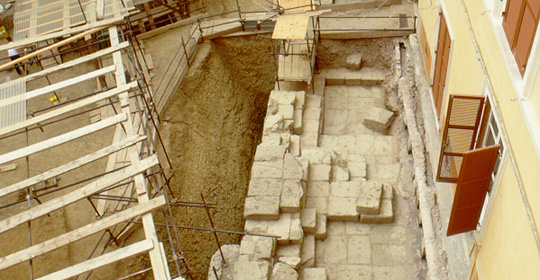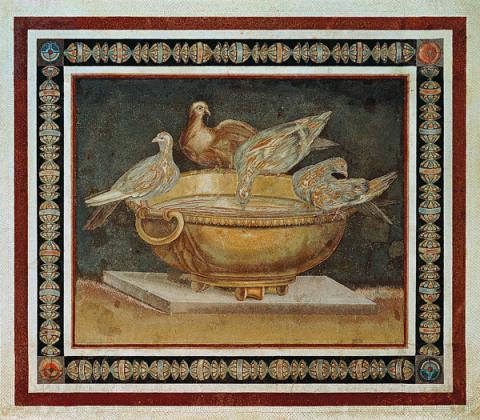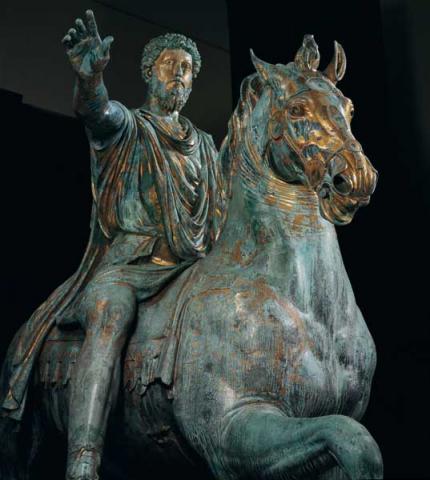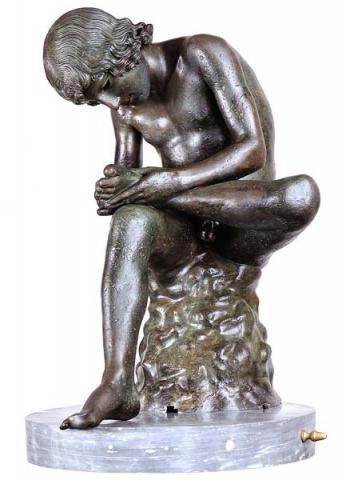Archaeological Finds in the Roman Garden
As part of the overall reconstruction work on the Capitoline Museums, archaeological excavations in the Roman Garden (inside the Palazzo dei Conservatori) began in October 1998.
They aimed to find evidence of ancient ruins before the area was transformed into a covered exhibition space.
The digs brought to light a few of the impressive foundation walls in tailing blocks from the Capitoline temple of Jupiter, partially uncovered in earlier excavations, and this made it possible to clarify some of the details of the temple's construction.

The discovery of a few ceramic objects in the foundations made it possible to date the building of the temple accurately. It is now thought to have been constructed in the second half of the 6th century BC.
The continuation of archaeological work in the area occupied by the Museo Nuovo, built on the remains of one of the most important temples in ancient Rome, will supply new and useful information to confirm what has already appeared during the excavation of the Roman Garden.
What was completely unexpected however (in an area which has been successively redeveloped in the preceding centuries and following the various transformations of the Palazzo dei Conservatori) was the discovery of the oldest part of the area. The existence of a settlement on the Campidoglio was found, after a preliminary habitation seems to have been set up using terracing and dating from an age before the earliest urban nucleus in Rome (Late Bronze Age).
The excavation, carried out in collaboration with the Paleoethnological Institute of the University of Rome La Sapienza, has actually made it possible to identify a series of burial sites, mostly of children, probably located just outside or at the limits of the settled habitation in which an area for the hand-crafting of metals, in use since the 9th century BC, has also been identified.
A close study of the material and the relationship between the different layers of the area will make it possible to clarify the exact religious function of the metal-working space, given the huge religious significance the hill had even in such distant times.













































